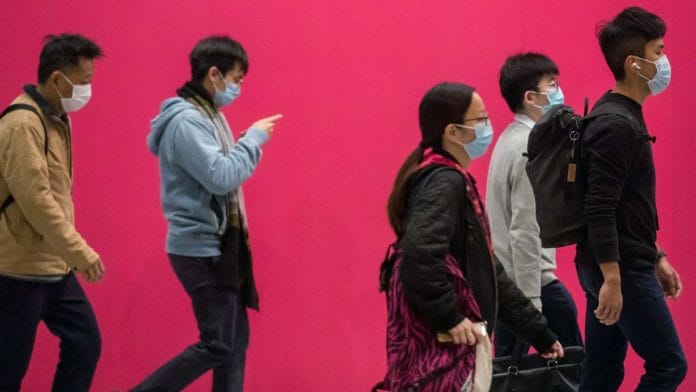Tokyo: The coronavirus outbreak is on track to peak in early March, according to a quantitative analysis by Hong Kong-based investment firm Gavekal Research Ltd.
Fund manager Didier Darcet, who has a background in mathematical modeling for financial markets, suggested investors focus on the rate of acceleration of the spread of the virus, in a note Wednesday. The number of new infections is now accelerating at a lower rate than last week, he said.
An accumulated total number of coronavirus infections below 52,000 by Feb. 9 would suggest the spread is in line with his simulation and on track to peak in a few weeks, he said. The global total was more than 28,000 on Feb. 6, below Gavekal’s projections for that date of around 32,000.
Darcet admits his model is “unsophisticated” but argues it provides a “top-down” view of the catastrophic pandemic risk, according to the note.
“For once, portfolio managers should temporarily forget about inflation, growth, liquidity, tariffs and so on, and focus each day on estimating catastrophic risk,” he said. “If the total number of accumulated infections exceeds 52,000 by Sunday February 9, which appears unlikely, this systemic risk estimation will be reassessed and scaled up significantly.”
The spreading coronavirus has sent turmoil through financial markets since Jan. 21, when a slide in Hong Kong stocks deepened concerns about the illness. The MSCI AC World Index fell as much as 3.5% by the end of January before paring losses to about 1% as of Thursday, on hopes efforts to contain the virus would succeed.
“By the end of February the Wuhan virus will have infected a total of some 230,000 people around the world,” if infections track Gavekal’s model, Darcet wrote. “After that the rate of new infections will begin to diminish.”-Bloomberg
Also read: China is about to find out whether its mass coronavirus quarantine worked






